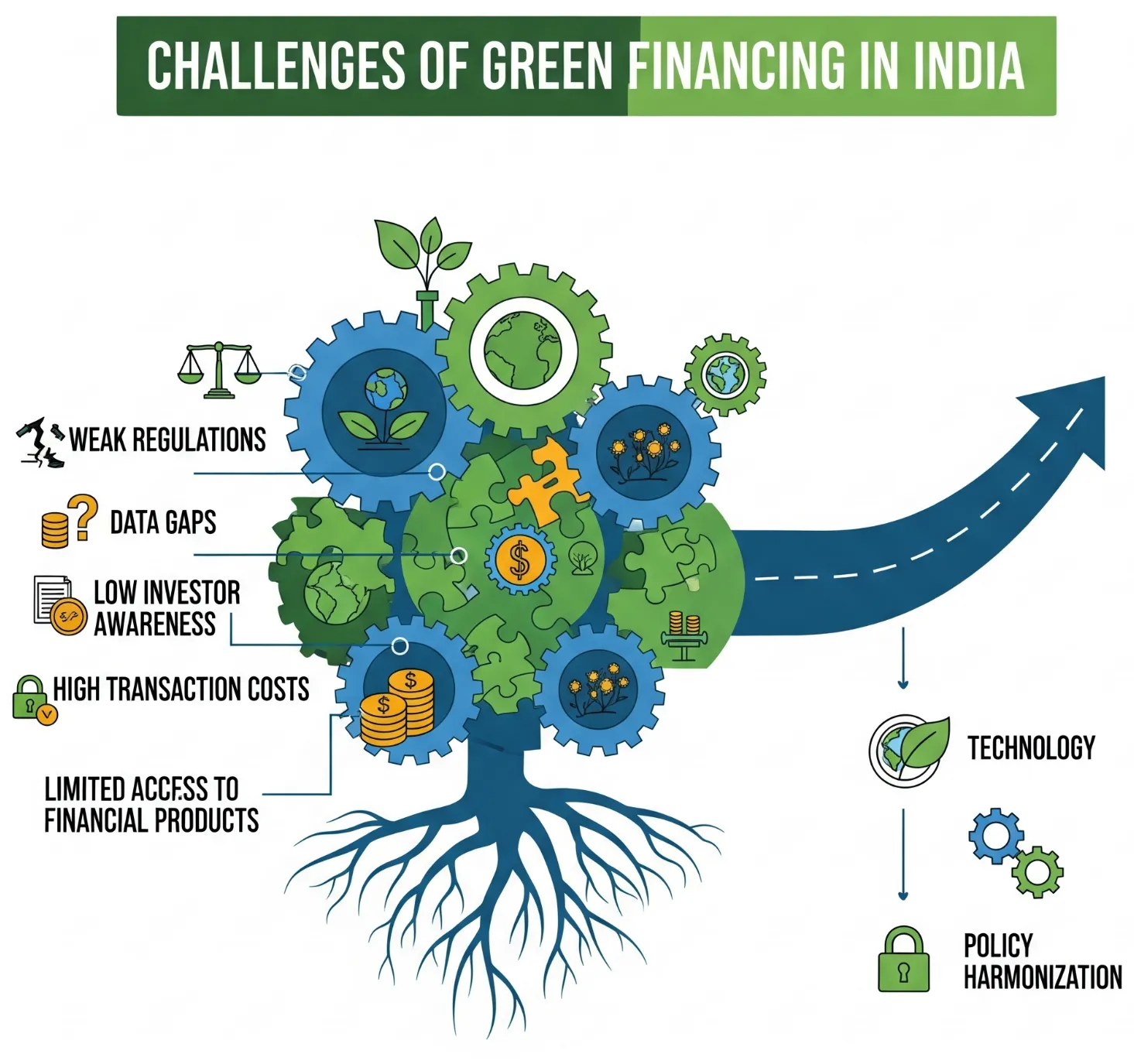Artiles
Open Access
Article
14 August 2025Wood Chips Ameliorate the Negative Effects of LDPE Microplastic on Wheat Growth and Soil Microbial Community
As an emerging pollutant, microplastics (MPs) pose a potential risk to ecosystem health due to recycling technology’s limitations and long-term durability. Wood chip amendments can enhance the holding capacity of water and nutrients and improve the soil structure and quality of terrestrial ecosystems. However, the effects of wood chip amendments on MPs-contaminated soil-plant systems are still unclear. In this experiment, we employed a combination of field experiments, soil and plant measurements, molecular techniques (DNA extraction and sequencing), and advanced statistical analyses. A comprehensive assessment was conducted on the effects of Low-density polyethylene (LDPE) MPs on soil properties, wheat growth, and soil microbial communities, and the potential of wood chips as a mitigating agent was also evaluated. The results indicated that wood chips improved soil nutrient content, enhanced the activity of enzymes related to carbon, nitrogen, and phosphorus cycling, and promoted crop growth, all of which were negatively affected by LDPE. The effect of MPs on fungi was greater than that on bacterial communities, and adding wood chips could improve the α-diversity of fungal communities rather than bacteria. LDPE may increase the abundance of pathotrophic fungal groups, such as Stachybotrys and Alternaria. However, certain pathotrophic groups have been found to potentially facilitate the degradation of LDPE-MPs. LDPE reduced the symbiotroph groups and increased the competitiveness and complexity of the community in the microbial co-occurrence network. LDPE treatment inhibited the N-cycling bacteria group, while adding wood chips could promote most of the N-cycling bacteria groups. Wood chips increased saprotroph groups such as Trichoderma, which are able to degrade plastics. Wood chips emerge as a cost-effective and environmentally friendly solution to improve soil quality and mitigate the negative impacts of microplastics on crop growth.
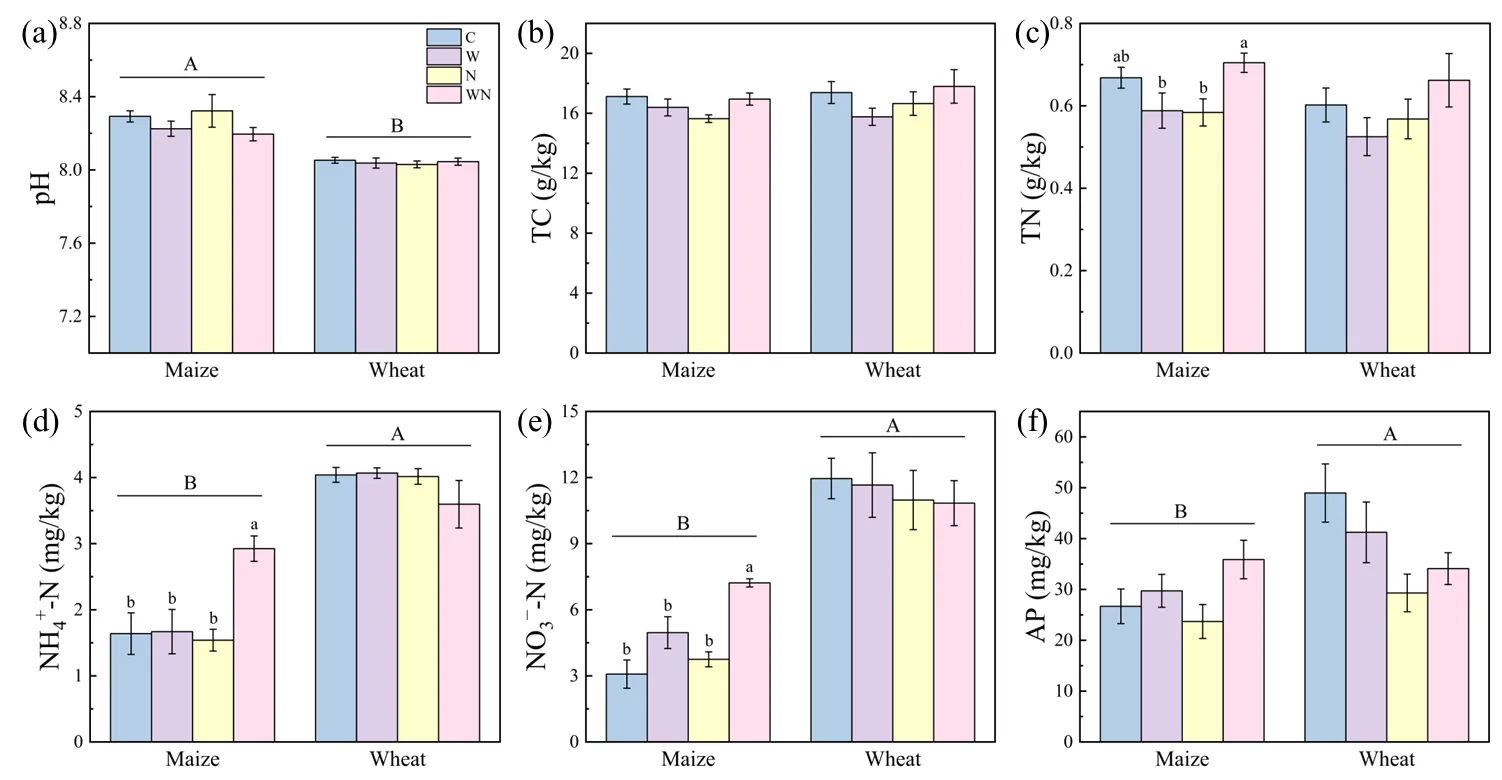
Open Access
Article
14 August 2025Advanced Study on Structural Health Diagnosis and Maintenance for Floating Wind Turbines Using Computer Vision
Global offshore wind capacity has now surpassed 50 GW and is projected to reach 264 GW by 2050, highlighting the pivotal role of floating wind in the future of clean energy. Given the complexity of marine environments, intelligent diagnostics for floating turbines are crucial for improving operational efficiency, reducing costs, and ensuring robust and sustainable energy production. This paper presents a structural damage detection framework for floating wind turbines, integrating computer vision with advanced artificial intelligence technologies. First, a dataset is constructed through industry collaboration and open-source collection. Then, to optimise the YOLOv7 algorithm, SE attention mechanisms and WISE-IoU loss functions are incorporated, which significantly enhance the accuracy of surface damage detection. Experimental results indicate that the mAP (mean Average Precision) increases from 82.44% to 86.24% compared to the original YOLOv7. Finally, a deployment approach and an example are provided to use the diagnostic framework as a portable application. This enables real–time on–site analysis, enhances detection timeliness, and reduces maintenance costs. It allows for immediate issue identification and adaptation to diverse environments.
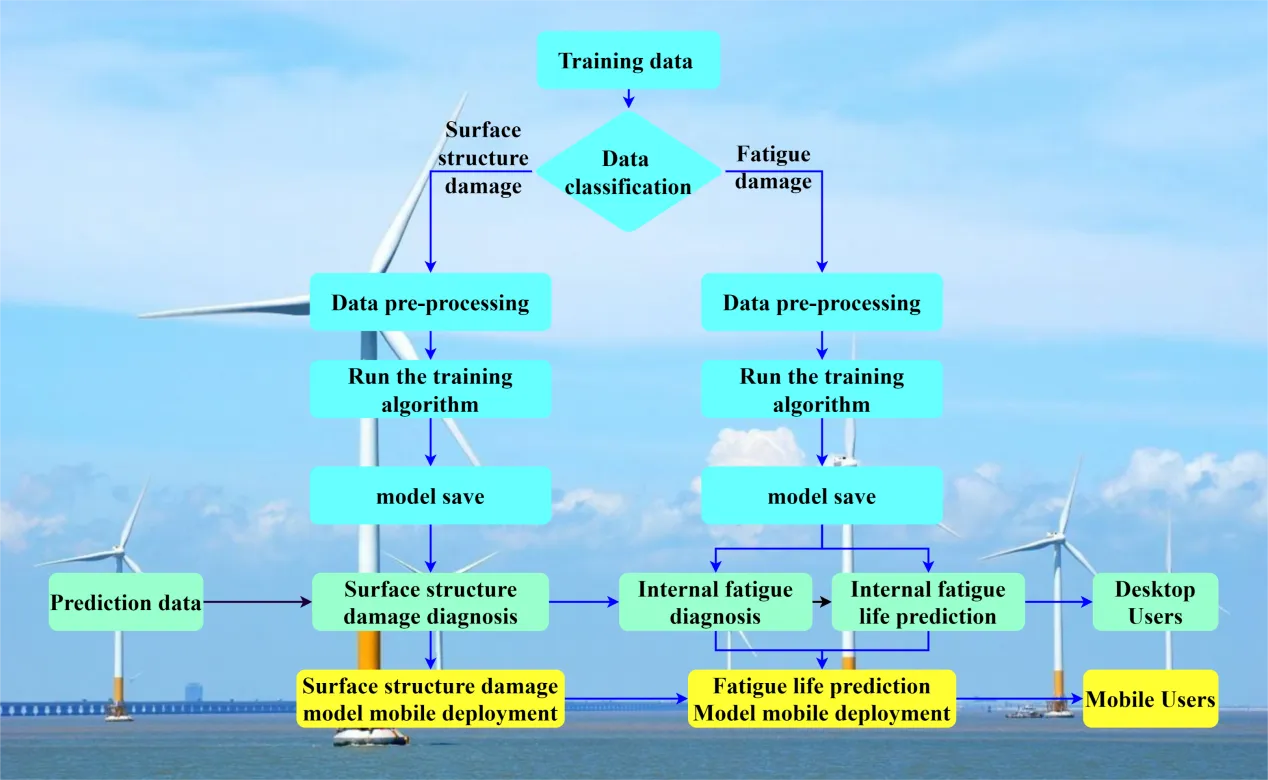
Open Access
Article
14 August 2025A Smart Kinetic Double-Skin Window System for Enhancing Natural Ventilation in Sustainable Buildings
This study presents the design and performance evaluation of a smart kinetic double-skin window system designed to enhance natural ventilation in buildings, especially those limited to single-sided airflow. The system dynamically adjusts external blade angles in response to real-time wind conditions, using environmental sensors and automated control to optimise airflow distribution and energy performance. Computational fluid dynamics (CFD) simulations were conducted for two blade configurations (7° and 15°) under varying wind speeds and directions. Results show that the 15° configuration enhances airflow reach and achieves up to 40% higher air change rates (ACH) compared to the 7°, making it more suitable for high-demand ventilation scenarios. In contrast, The 7° configuration produces lower but more uniform airflow, which is more appropriate for occupant comfort in residential or office environments. Detailed analysis of velocity fields, pressure distributions, and airflow paths confirms that the system effectively adapts to wind direction, maintaining balanced ventilation through integrated airflow channels. The simulations were validated against experimental data, achieving a Close correlation. While thermal and buoyancy effects were not included, future work will extend the model to hybrid ventilation scenarios. The proposed system demonstrates significant potential for sustainable ventilation applications in new and retrofitted building envelopes.
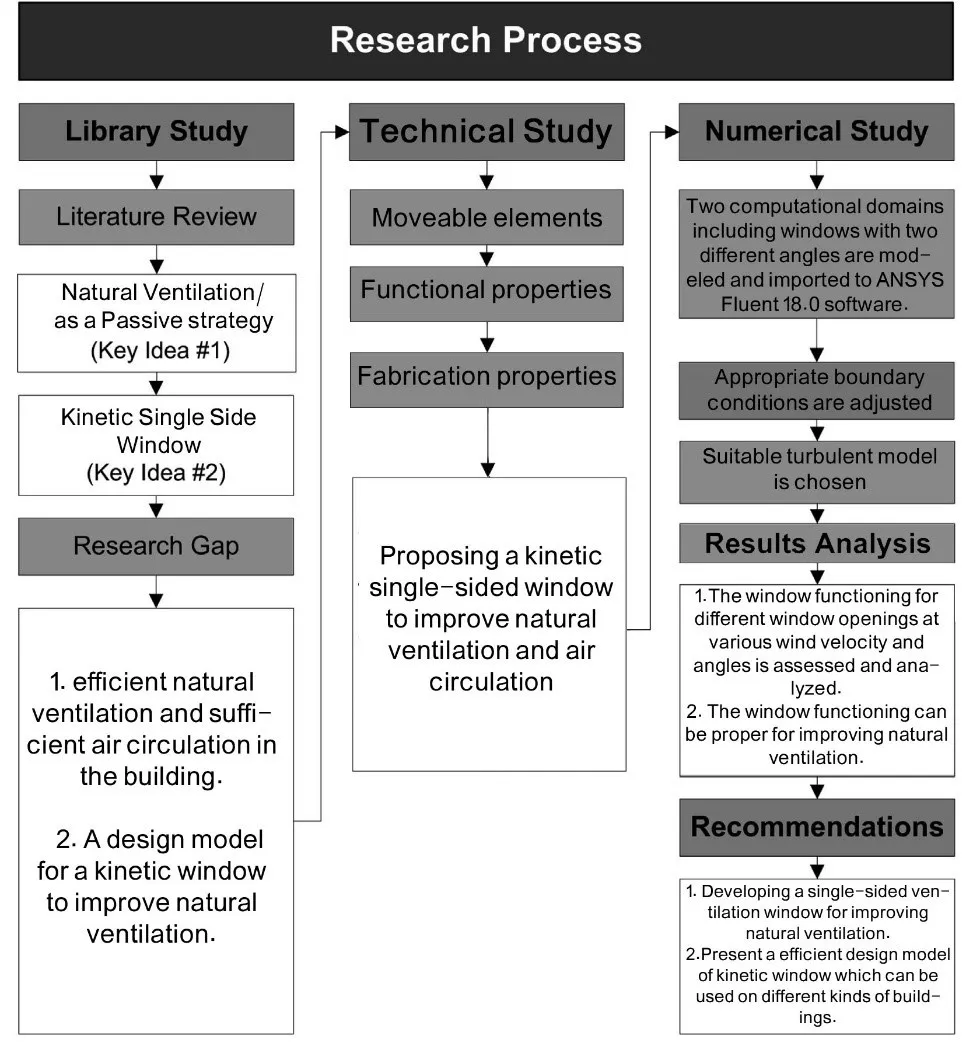
Open Access
Review
13 August 2025Allowing Space for Nature: Rewilding to Heal the Earth
The term “rewilding” often elicits strong emotions, especially as presented in the media. Thus, anger is provoked that farmers will be forced to waste precious cropland, letting it return to the wild, or from fear that dangerous animals will be released into the urban environment. With equal fervour, others, taking an approving view, comprise the growing movement of guerrilla rewilders, secretly breeding butterflies, birds and beavers, and illegally releasing them (e.g., “beaver bombing”) across the countryside. In truth, rewilding is a complex and widely encompassing proposition, which can be considered as a strategy within the natural climate solutions (NCS) [nature based solutions (NBS)] approach, aimed to restore and enhance wetlands, grasslands, forests, agricultural lands, seascapes etc. While exact definitions may vary, a key feature is that (after some initial support) it minimises the level of human intervention/management in a given region, instead encouraging natural processes to take the lead and self-manage, in the restoration, shaping and enhancement of natural ecosystems and of critical ecosystem functions. The resilience of such ecosystems should also be considered, especially in regard to how the impacts of a changing climate may prevail upon them. Rewilding is informed by science, traditional ecological knowledge (TEK), and other local (indigenous) knowledge. It is a long-term process with dynamic changes occurring over time, and rather than focussing on reaching a fixed endpoint, provides a continuous journey of letting nature’s processes unfold. This can lead to increased biodiversity, amelioration of and resistance to climate change, and the provision of ecosystem services, benefitting both nature and people, including economic opportunities for local and indigenous communities, along with improved overall health and well-being. Despite its manifold and clear benefits, rewilding (along with other NCS) is not a pancea for all our troubles, many of which are rooted in the systemic issue of human ecological overshoot, and it is this that must be addressed to begin fixing the current global polycrisis.
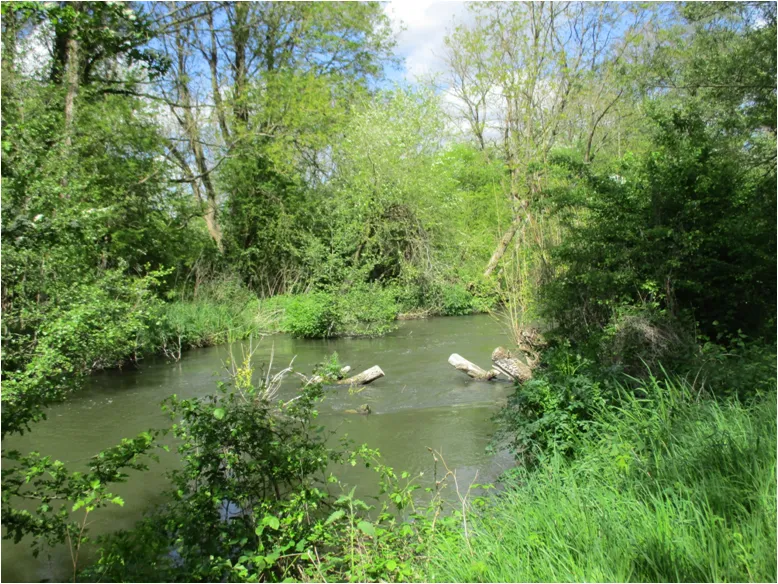
Open Access
Article
13 August 2025Influence of Pile Diameter on Lateral Load Behavior and Failure Mechanisms of Large-Diameter Monopiles
Increasing monopile diameter significantly alters lateral load response, and traditional design methods have already demonstrated limitations, while the influence mechanism of the diameter effect is still not in consensus. Using the three-dimensional finite element simulation, which is validated against centrifuge test results, the influence mechanism of the diameter effect is analyzed, and the related failure modes are also examined. It is found that the lateral bearing capacity of the monopile increases significantly with increasing pile diameter. The interaction of the soil plug and soil around the pile can enhance the nonlinear characteristics of the lateral load-displacement response. As the pile diameter increases, the deformation response of the pile evolves from flexible through semi-rigid to rigid behavior, and distinct failure modes are also developed. With the increase of pile diameter, the depth range of the wedge failure zone for flexible piles increases gradually, whereas for rigid piles, the depth range remains essentially unchanged, but the radius of the rotational failure zone significantly expands. The depth range of the full flow failure zone of semi-rigid piles progressively shrinks with the reduction in pile bending deformation. Failure modes can significantly affect the initial stiffness of the p-y curve. The initial stiffness exhibits the dependence on the pile diameter, embedment depth, and failure mode simultaneously.
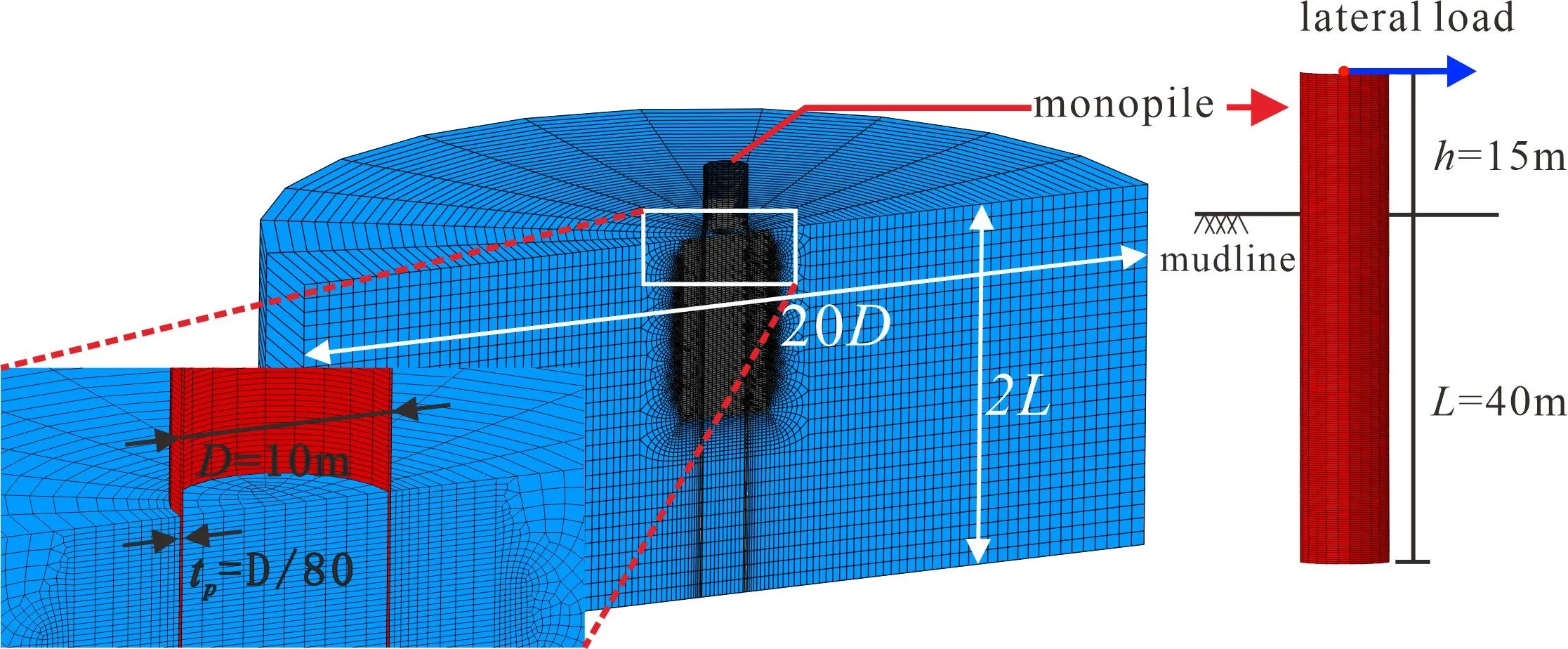
Open Access
Case Report
11 August 2025Transition to Hydrogen Aviation: A 2030–2050 Scenario Performance Analysis for an Airline
This study presents a realistic hypothetical scenario-based analysis of an airline’s transition from kerosene to hydrogen propulsion between 2030 and 2050, under a Techno-Economic Environmental Risk Assessment (TERA) framework. Two scenarios are modelled: a baseline fleet scenario using only conventional CMRT and CLRT aircraft, and a hydrogen transition scenario that introduces hydrogen-powered Airbus ZEROe and HVLMR aircraft starting in 2035. Using detailed aircraft (Orion from Cranfield) and jet engine (TURBOMATCH from Cranfield) performance simulations across 85 global routes, fuel consumption, energy demand, emissions, and operating costs are assessed. Strategic hydrogen hubs at London Heathrow and Neom Bay enable network feasibility for aircraft with limited range. Key findings show that the hydrogen scenario reduces total fuel mass consumption by approximately 28%, due to hydrogen’s high specific energy, and cuts CO2 emissions by 49%, assuming green hydrogen usage. However, it also results in a 9.6% increase in energy demand and ~15–20% higher cumulative operating costs, driven by greater depreciation, maintenance, and fuel price premiums. While the hydrogen transition introduces higher upfront and operational costs, it offers long-term environmental benefits and compliance with net-zero aviation goals. The study concludes that hydrogen aviation holds strategic promise but faces significant technical challenges, particularly due to the immaturity of hydrogen storage and propulsion systems. Realising this potential will require coordinated investment in infrastructure, policy support, and adaptive route planning.
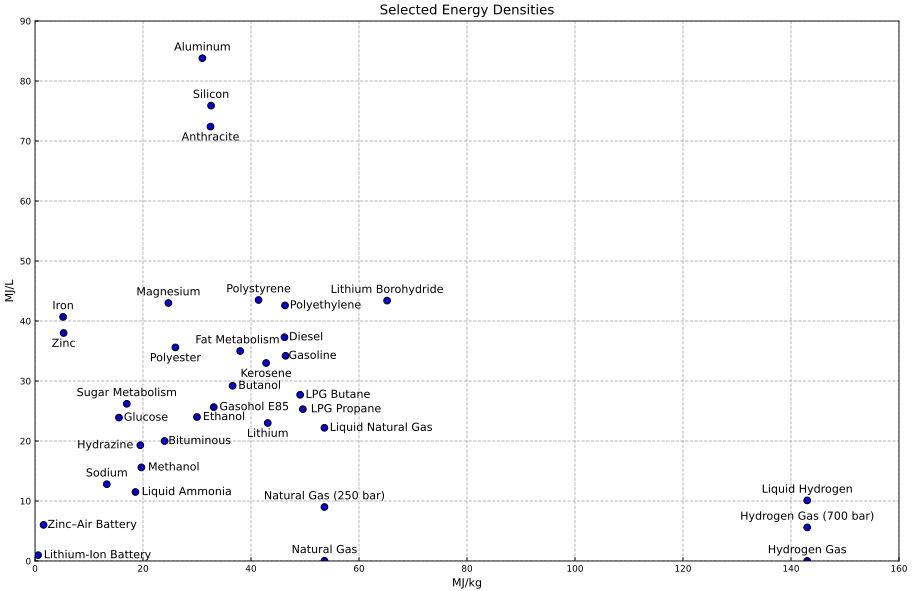
Open Access
Article
11 August 2025Noble Metal Sites Modulated Cyano-COF for Boosted Photocatalytic O2 to H2O2 Production
Photocatalytic O2 reduction to hydrogen peroxide (H2O2) is a promising chemical synthesis pathway with green property. However, the development of efficient and stable photocatalysts that enable high selectivity and activity remains an urgent scientific challenge. Herein, cyano-based covalent organic framework (cyano-COF) photocatalysts modulated by noble metal sites (i.e., Pt, Pd, Au, and Ag), denoted as Pt/cyano-COF, Pd/cyano-COF, Au/cyano-COF, and Ag/cyano-COF, are designed and synthesized. The cyano-group (-C≡N), acting as a strong electron acceptor, interacts with the noble metal sites to establish an efficient electron transfer pathway, which facilitates the separation of photogenerated charges, optimizes the reaction pathway, and thus enables boosted generation of H2O2 via the two-step single electron oxygen reduction reaction (O2→·O2−→H2O2). Under visible irradiation, Pt/cyano-COF, Pd/cyano-COF, Au/cyano-COF, and Ag/cyano-COF deliver superior H2O2 production rates of 903 ± 24, 1073 ± 35, 963 ± 9, and 851 ± 56 μmol·g−1·h−1, respectively, much higher than that of pristine cyano-COF (577 ± 69 μmol·h−1·g−1). This study offers profound insights into the mechanism of noble metal sites in the solar-driven selective reduction of O2 to H2O2 synthesis.
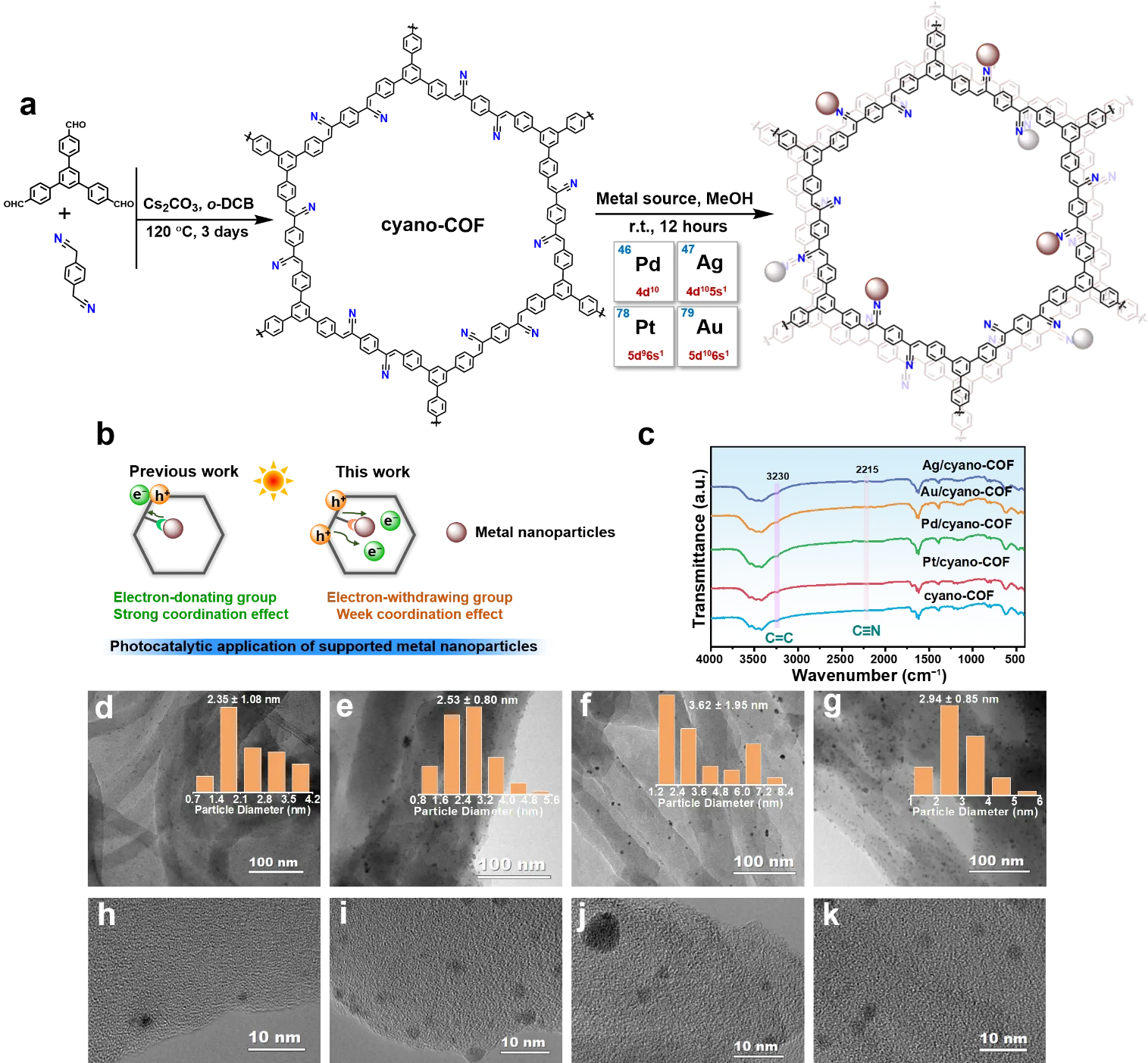
Open Access
Article
08 August 2025Rolling Bearing Health Indicator: From Design to Modeling and Evaluation
As a key component of industrial machinery, accurate prediction of the degradation trend of rolling bearings is crucial for equipment safety. However, traditional health indicator (HI) extraction methods often suffer from feature redundancy, and prediction models lack the ability to capture spatial dimension features, leading to significant prediction errors. To address these issues, 16 time-frequency domain features were first extracted, and a new HI was constructed by combining the Gaussian Process latent variable model (GPLVM) for non-linear feature fusion and exponentially weighted moving average (EWMA) for smoothing. Additionally, a spatial-temporal convolutional long short-term memory network (ST-CNet) was proposed, which integrates a 3-layer CLSTM, fully connected layers, and batch normalization to effectively capture local and long-term spatiotemporal dependencies. Case studies on IMS bearing datasets show that the constructed HI accurately describes the degradation process, and ST-CNet achieves superior performance with lower MAE and RMSE compared to existing methods.
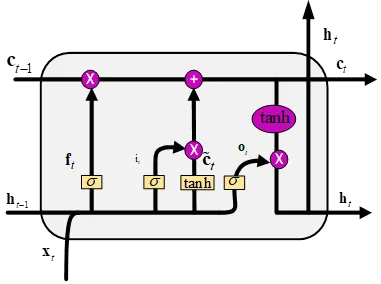
Open Access
Article
07 August 2025Daoism, Confucianism, and the Rights of Nature: Transformative Relations in Ecological Governance
Confronting a global ecological crisis, this paper argues that conventional anthropocentric governance models, rooted in instrumental rationality, are inadequate. Drawing on Edoardo Ongaro’s concept of an integrative approach to an ontological and political philosophical understanding of public governance and administration, it proposes a relational framework for ecological governance by integrating the Rights of Nature (RoN) movement with classical Chinese philosophical traditions. The study emphasizes the complementary foundations offered by Daoism, specifically its concepts of ziran (natural spontaneity) and wuwei (non-coercive action) which support decentralized governance aligned with ecological self-organization, and Confucianism, particularly tian ren he yi (unity of heaven and humanity), which embeds ecological stewardship within moral self-cultivation (ren) and social duty (li). Comparative case studies highlight cultural complexities in implementing such relational governance. This paper outlines a tripartite pathway for building transformative capacities within this relational framework and discusses policy implications.
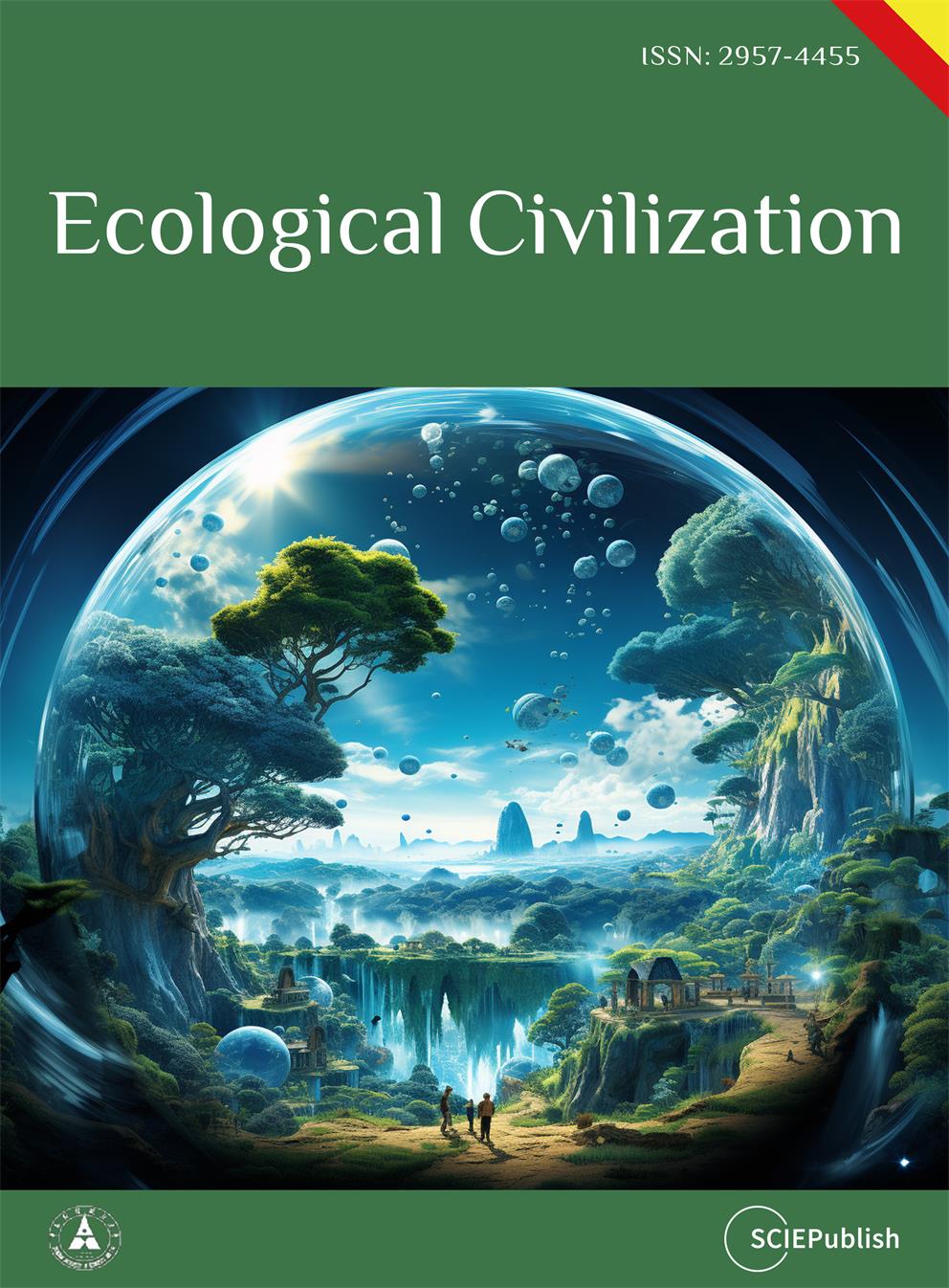
Open Access
Article
07 August 2025Examining Interactions among Challenges of Green Financing in India
This study examines the challenges of green financing in India using Interpretive Structural Modeling (ISM) to identify hierarchical relationships among key factors. The research identifies regulatory deficiencies as the foundational barrier, cascading into secondary challenges such as data gaps, low investor awareness, high costs, and limited access to financial products. These issues, compounded by greenwashing, hinder transparency and the accurate measurement of environmental returns. The structural modeling approach provides a novel contribution by revealing how these interconnected challenges stem from weak regulatory frameworks—an insight not previously mapped in Indian green finance literature. The study underscores the importance of strong legal systems, standardized metrics, technological advancement, and policy harmonization to build investor trust and improve accessibility. For scalable and effective solutions, future research should explore the integration of emerging technologies and conduct cross-regional comparative analysis.
